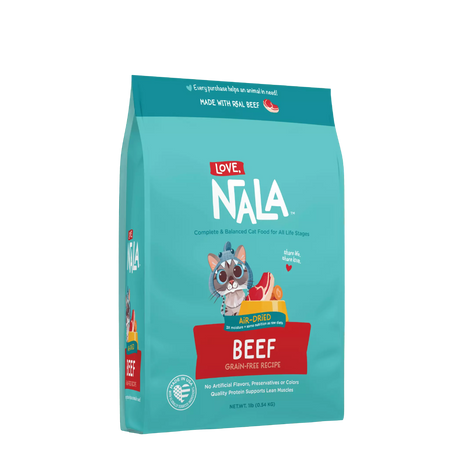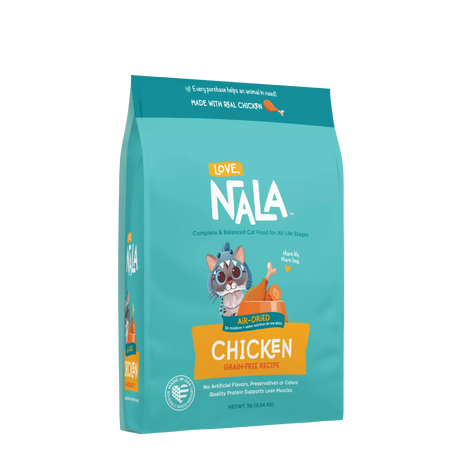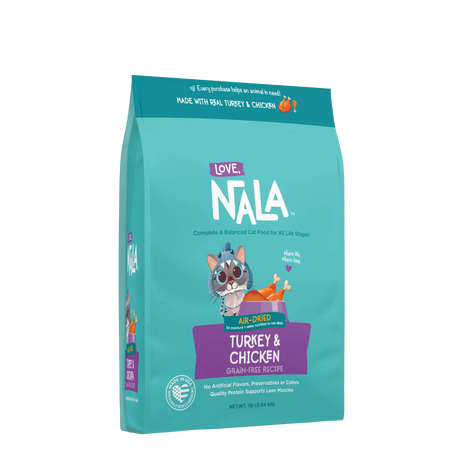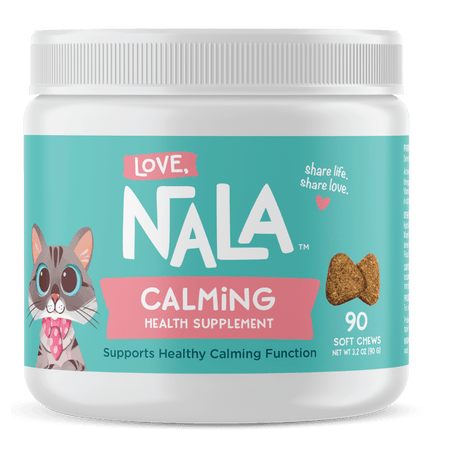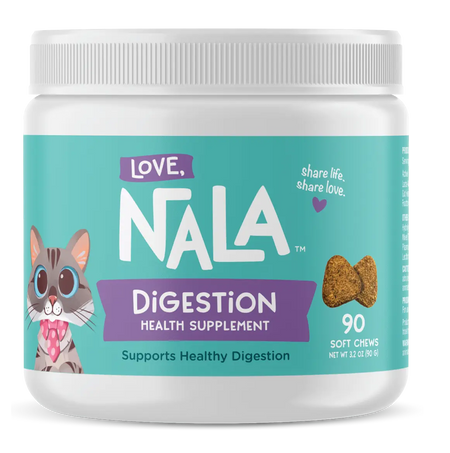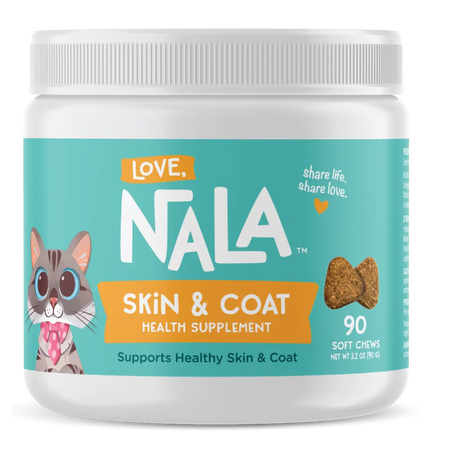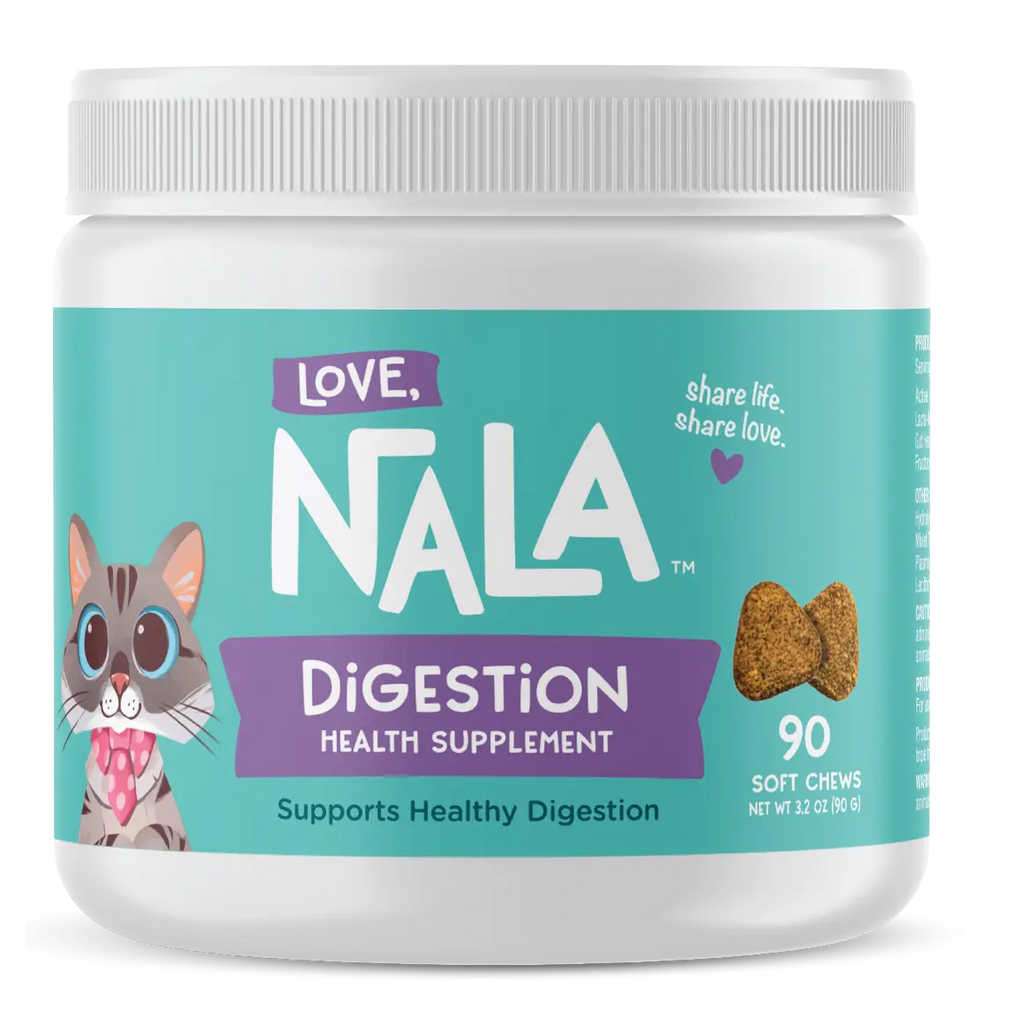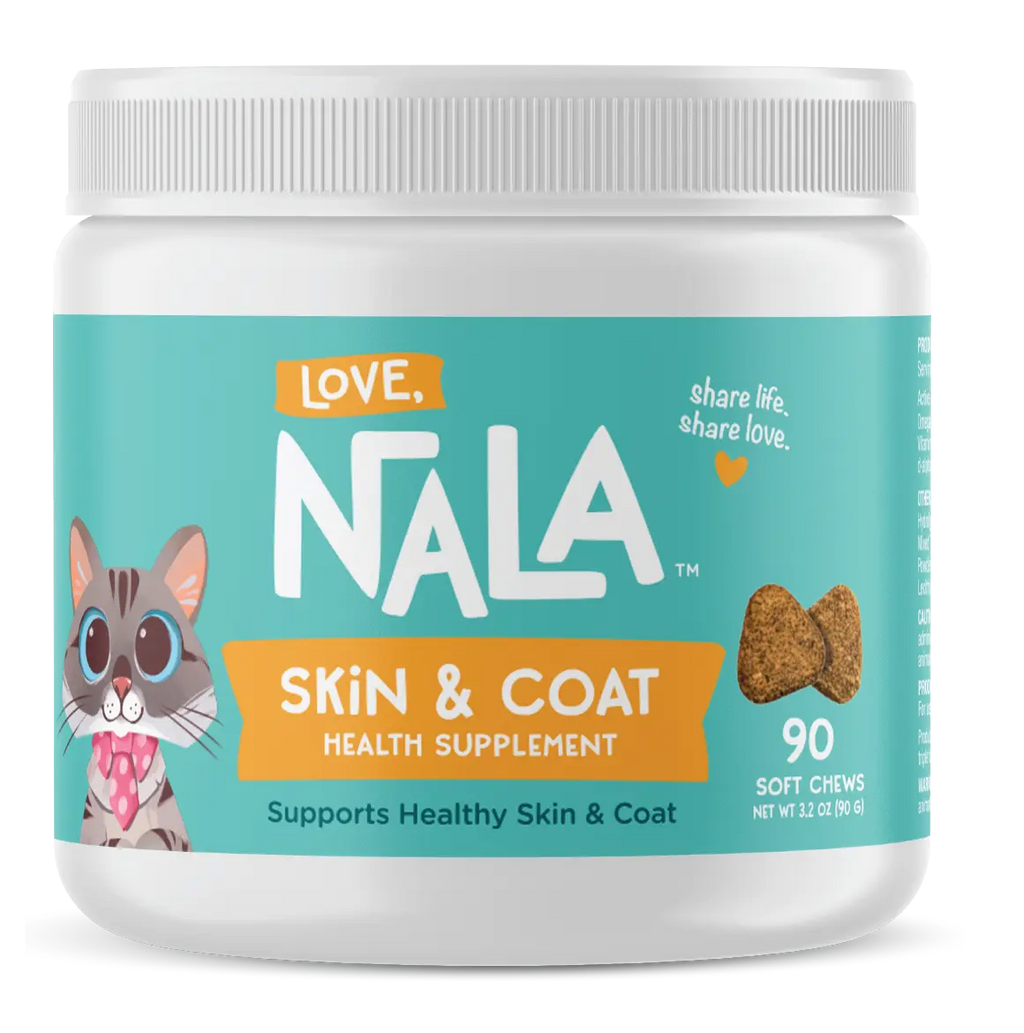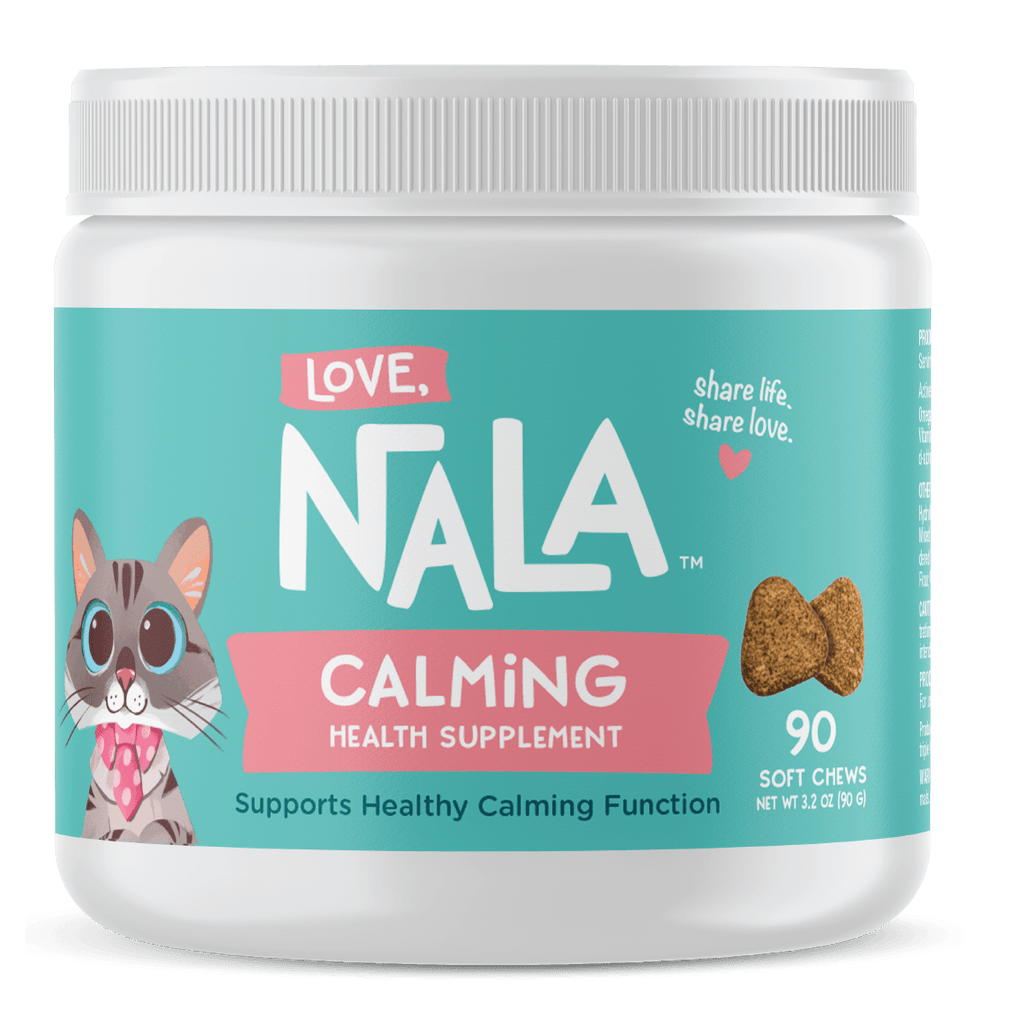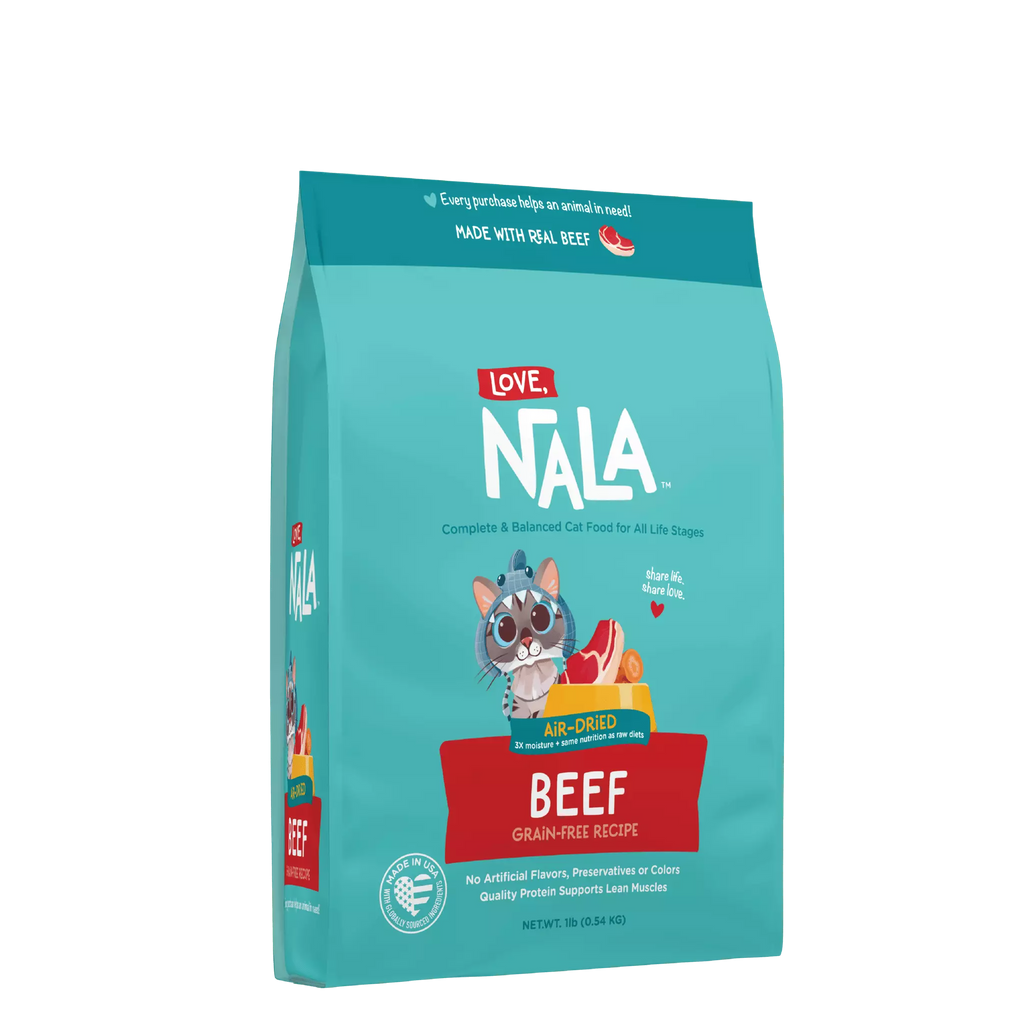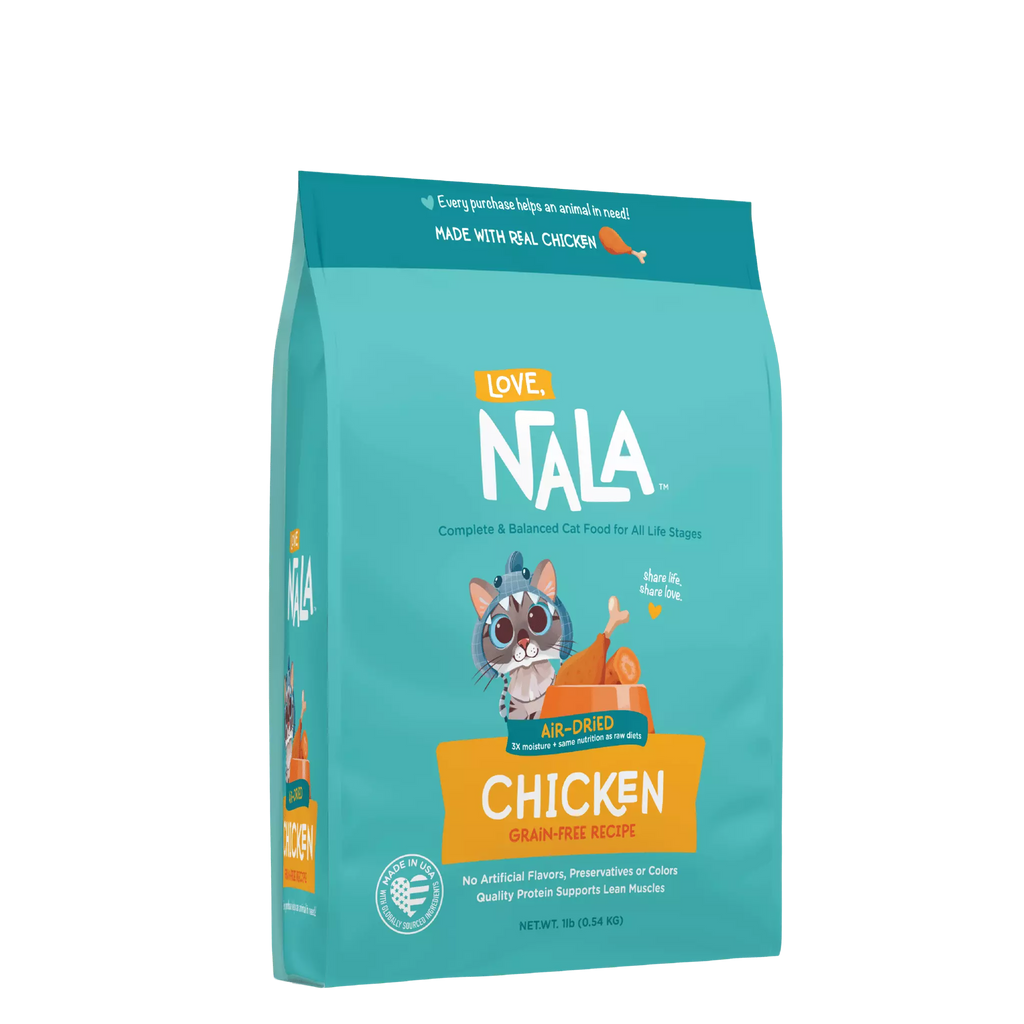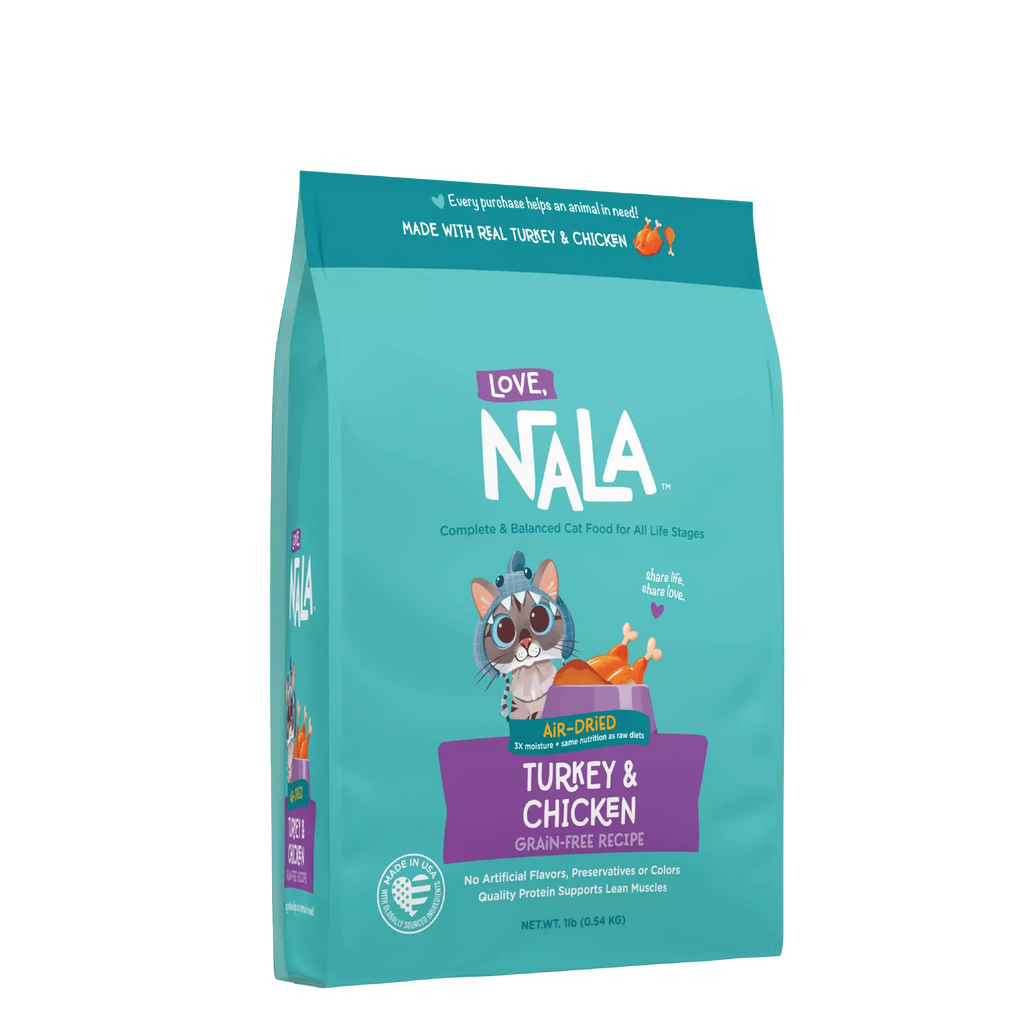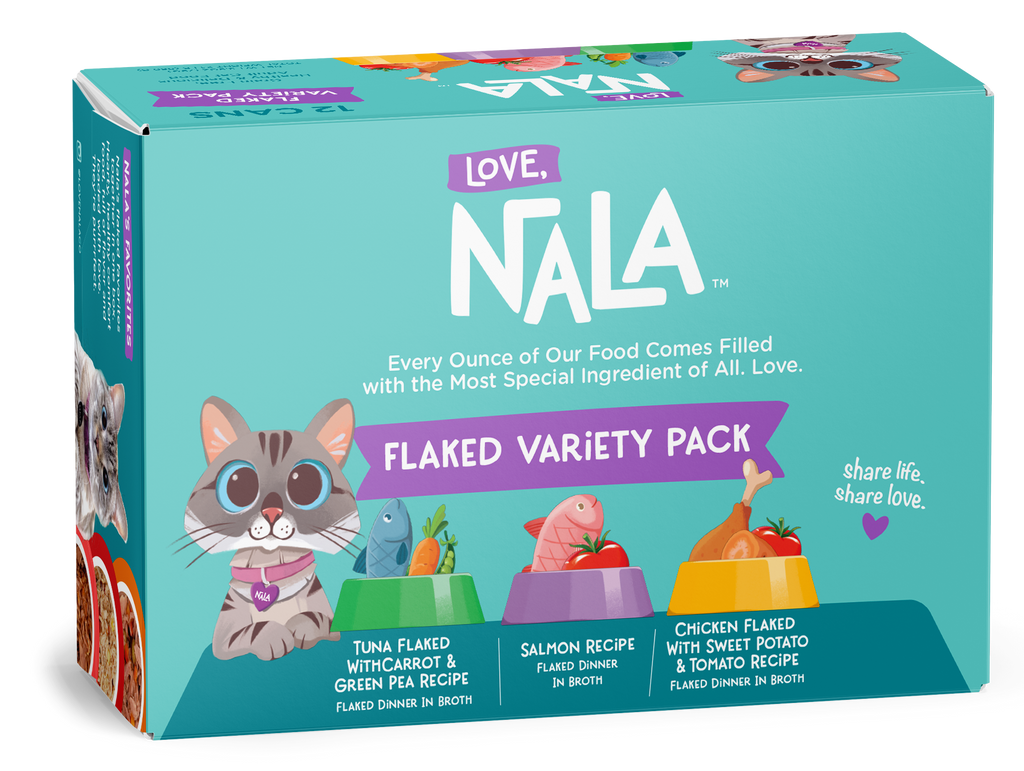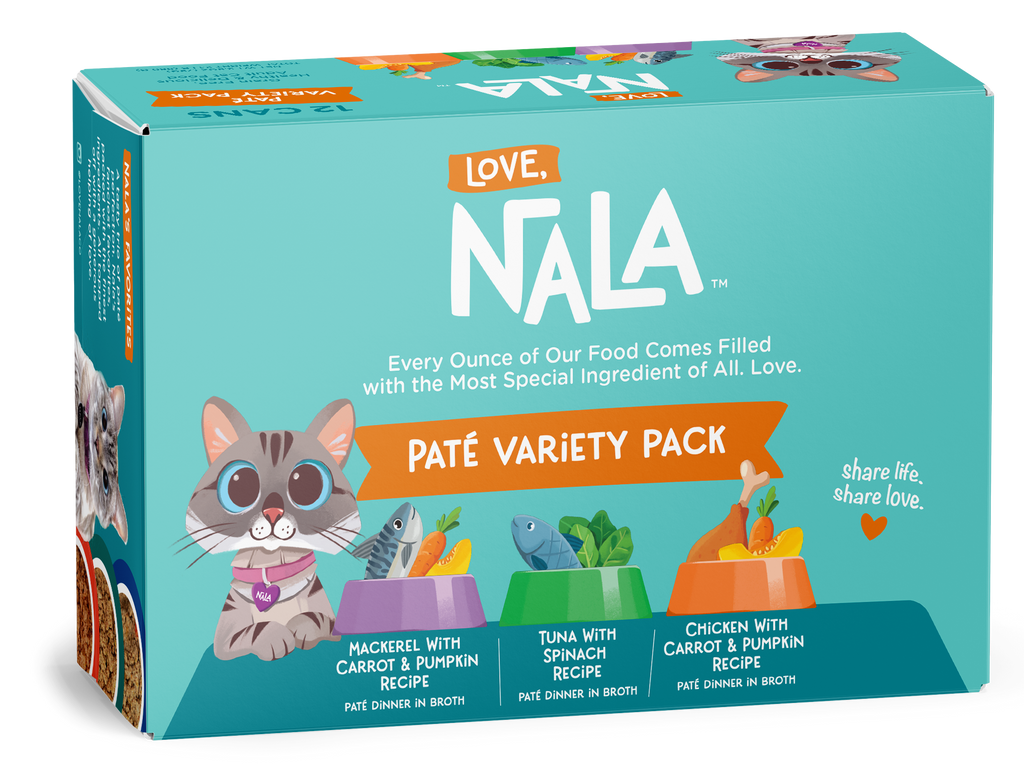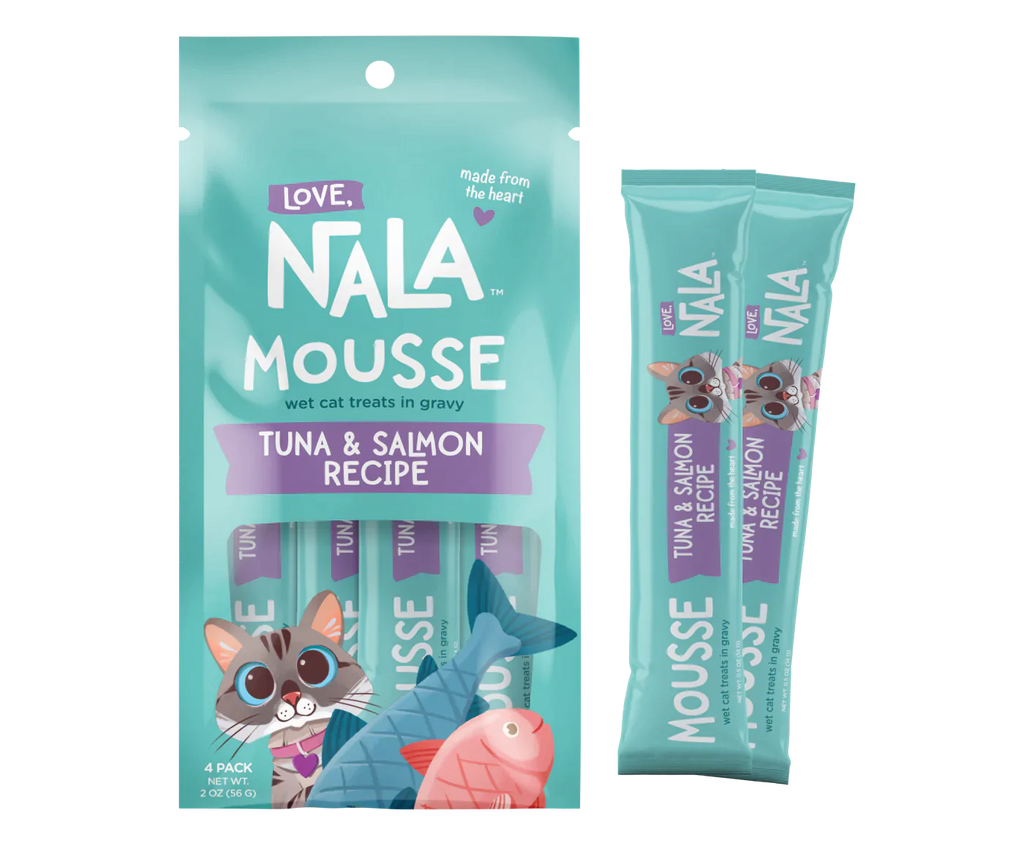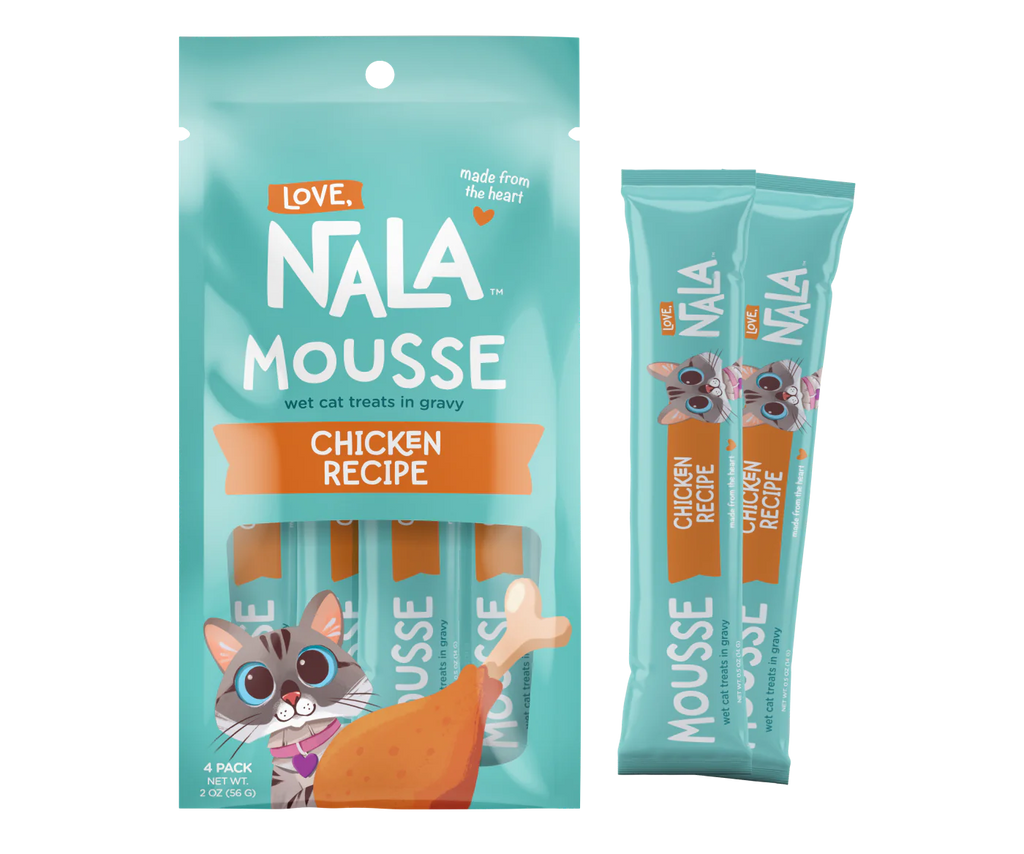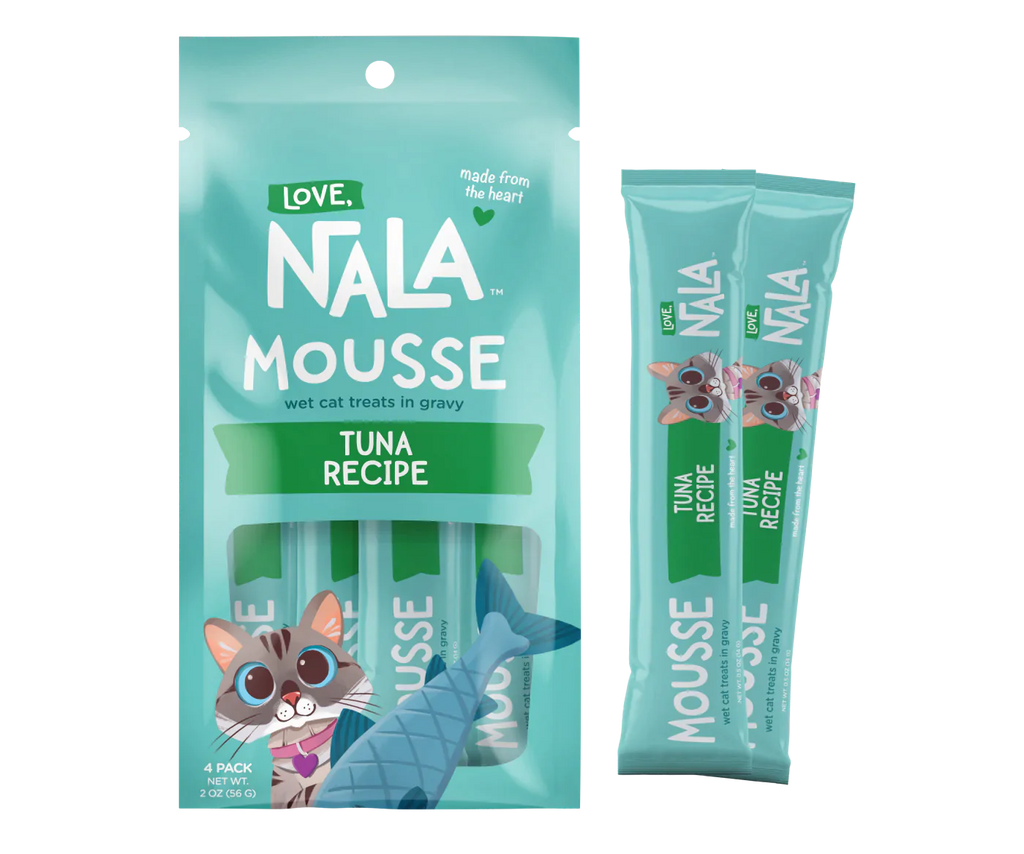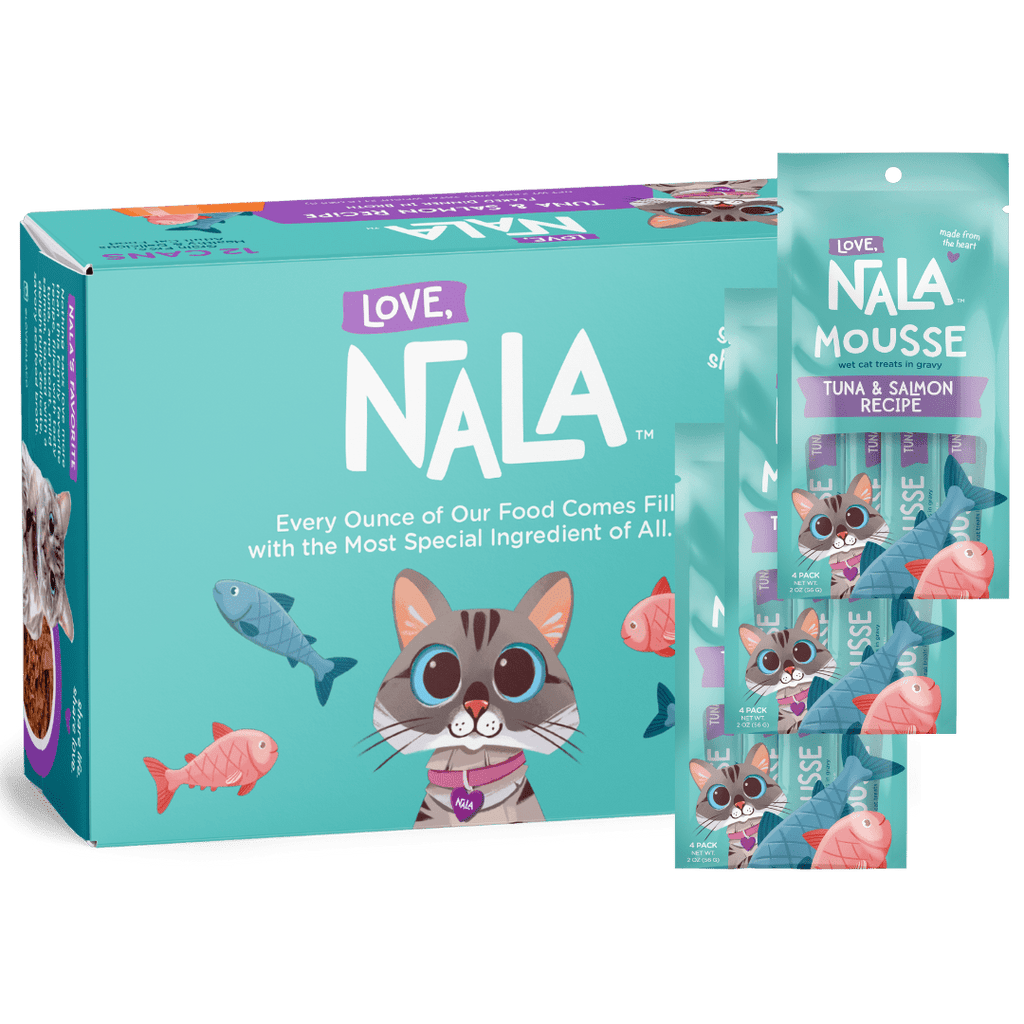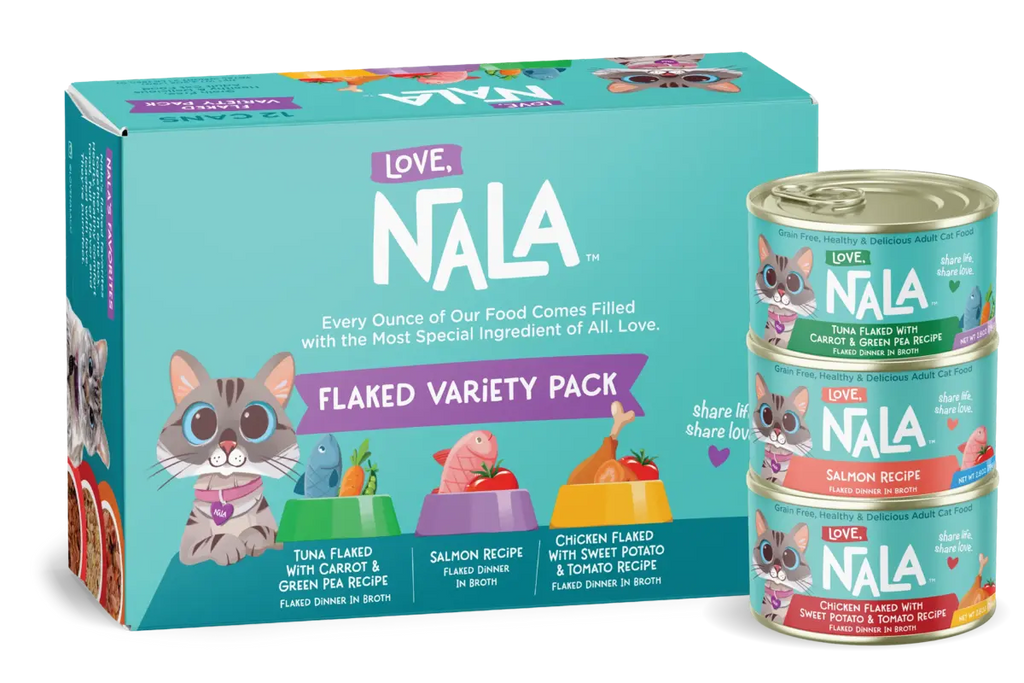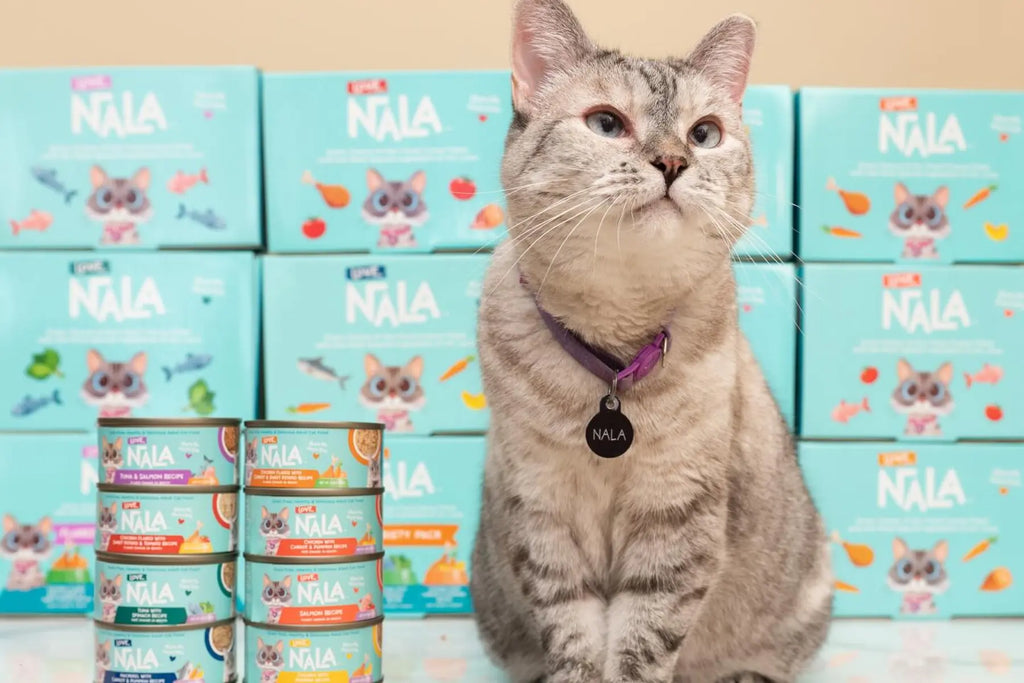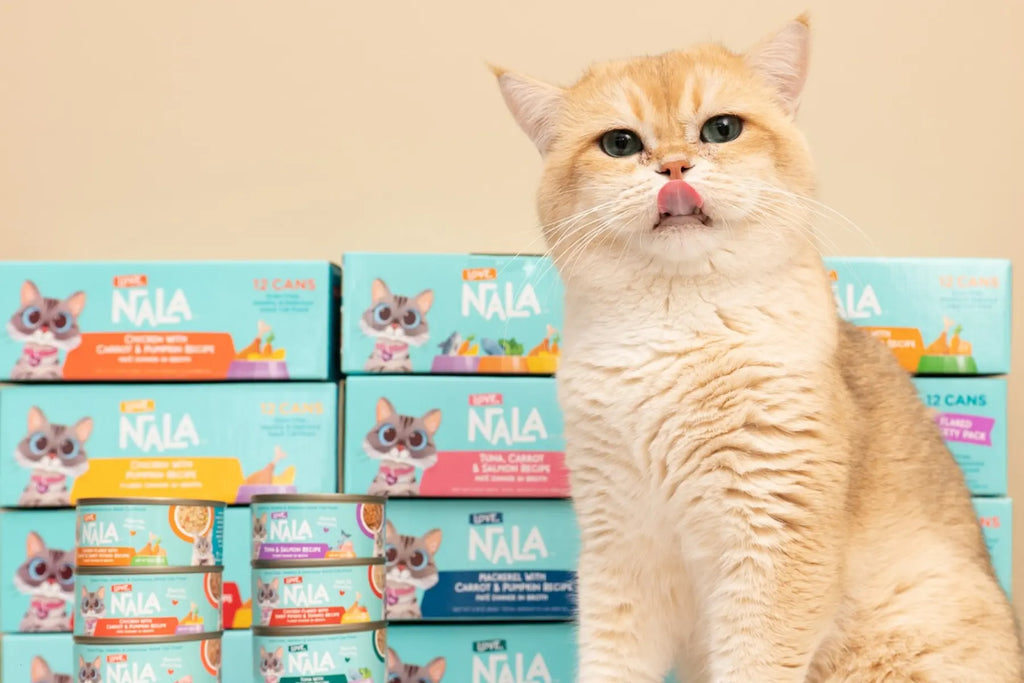Wet cat food has become increasingly popular as cat owners become more conscious about their pets' health and nutrition. While dry cat food remains a popular option, wet cat food is gaining traction due to its many benefits. In this post, we'll explore wet cat food in detail, including what it is, its benefits, and how to choose and feed your cat the best wet cat food.
What is Wet Cat Food?
Wet cat food, also known as canned wet cat food, is a type of cat food that has a high moisture content. It typically comes in small metal cans, pouches, or trays and is often made with meat, poultry, or fish. Unlike dry cat food, which has a moisture content of around 10%, wet cat food has a moisture content of around 70-80%. This high moisture content makes wet cat food a great option for cats who don't drink enough water or who suffer from urinary tract problems.
Types of Wet Cat Food
Wet cat food comes in several types, each with its own characteristics and benefits, making it easier to find a perfect match for any cat's preference and nutritional needs.
- Pâté:
- Pâté wet cat food is revered for its luxuriously smooth texture, resembling a finely blended paste that's easy for cats to consume. This type stands out as the quintessential choice for feline companions, especially those facing dental challenges or older cats who may find chewing cumbersome. Its homogenous consistency not only ensures that every bite is soft and palatable but also facilitates the seamless incorporation of health supplements or medications into a cat's diet. Ideal for discerning eaters, pâté offers a gourmet experience, combining rich flavor with effortless consumption, making it a staple in the realm of wet cat food.
- Chunks in Gravy: This type consists of bite-sized pieces of meat or fish enveloped in a rich, savory gravy. It's a great option for cats who enjoy a bit of texture in their meals and can be particularly enticing for picky eaters due to its flavorful sauce. Chunks in gravy combine small, tender pieces of meat or fish with a thick, flavorful sauce, appealing to cats who like texture and taste variety in their meals.
- Shreds: Featuring thin strips of meat or fish in a more broth-like gravy, shreds offer a more natural eating experience that can stimulate a cat's instinctive preference for meat. This type is excellent for cats who prefer to lick their food and enjoy a lighter gravy.
Each type of wet cat food has its unique appeal, depending on a cat's eating habits and nutritional needs. Offering a variety of these can help keep mealtime interesting and ensure a balanced diet.
Benefits of Wet Cat Food
There are many benefits to feeding your cat wet cat food. Let's take a closer look at some of them.
Improved Hydration and Urinary Tract Health
Cats are notorious for their low thirst drive, often resulting in inadequate water consumption when fed a primarily dry food diet. This lack of hydration can lead to concentrated urine, increasing the risk of urinary tract diseases, such as cystitis, and the formation of urinary crystals or stones. Wet cat food, with its high moisture content—typically around 70-80%—acts as an additional water source, promoting better hydration and supporting a healthier urinary system. The increased water intake dilutes the urine, reducing the risk of urinary tract issues and ensuring the proper function of the kidneys.
Moreover, by incorporating wet food into your cat's diet, you're directly contributing to the prevention of potentially life-threatening conditions. The moisture in wet food helps maintain optimal urinary pH levels, preventing the development of struvite and calcium oxalate stones, common culprits behind urinary blockages in cats. Regular consumption of wet food can thus be a key factor in a preventative health strategy, ensuring your feline friend remains hydrated and less prone to urinary health problems.
Better Digestion and Weight Management
Wet cat food's higher moisture content not only aids in hydration but also promotes better digestion. The added water content helps break down food more efficiently, allowing for easier nutrient absorption and a smoother gastrointestinal transit. This can be especially beneficial for cats with sensitive stomachs or digestive issues. Furthermore, the softer texture of wet food is closer to a cat's natural diet, making it more digestible and reducing the risk of digestive discomfort.
In terms of weight management, wet cat food can be a valuable tool. It is generally lower in calories than dry food, yet more satisfying due to its high protein content and rich flavors. This can help control hunger in overweight cats, encouraging a healthier eating pattern without the need for excessive calorie intake. For cats struggling with obesity, the portion control and lower calorie density of wet food can play a critical role in achieving and maintaining a healthy weight, contributing to overall well-being and longevity.
Increased Palatability and Variety in Diet
The enhanced palatability of wet cat food is a significant benefit, often making it a preferred choice for fussy eaters. The rich aromas and varied textures of wet food can stimulate a cat's appetite, encouraging regular eating habits and ensuring they receive the necessary nutrients for health. This is particularly beneficial for older cats or those with diminished sense of smell and taste, as the enticing flavors of wet food can keep them interested in their meals.
Additionally, the vast array of flavors and textures available in wet cat food allows pet owners to offer a diverse diet, preventing mealtime monotony. Rotating between different types of wet food, such as pâté, chunks in gravy, or shreds, can keep cats curious about their meals and willing to try new flavors. This variety not only enriches the feeding experience but also supports a balanced intake of nutrients by incorporating a wide range of meat and fish ingredients.
Higher Nutritional Content and Fewer Fillers
Wet cat food typically boasts a higher nutritional value, with more protein and essential nutrients per serving compared to dry food. The manufacturing process for wet food often involves less heat, preserving more of the natural vitamins, minerals, and amino acids that cats need to thrive. This focus on quality ingredients ensures that your cat is nourished by their meals, rather than merely filled.
The formulation of wet cat food usually includes fewer carbohydrates and fillers, substances that cats, obligate carnivores, do not naturally consume in high quantities. By prioritizing meat and fish ingredients, wet cat food aligns more closely with a cat's dietary needs, offering a nutrient-dense meal option that supports muscle maintenance, immune health, and overall vitality without unnecessary additives.
Potential Reduction in Hairballs and Dental Problems
The high moisture content of wet cat food can significantly impact the formation of hairballs. As cats groom themselves, they ingest fur, which can accumulate in the digestive tract. The additional water from wet food helps to lubricate the system, facilitating the passage of ingested hair through the gastrointestinal tract and out of the body, thus reducing the occurrence of hairballs. This can lead to a more comfortable and healthier life for your cat, minimizing the discomfort and potential complications associated with hairball accumulation.
While dry food is often touted for its dental benefits, certain types of wet food are specially formulated to support oral health. These products can help maintain dental hygiene by incorporating ingredients that promote a clean mouth and fresh breath. Although wet food does not provide the mechanical cleaning action of kibble, it is less likely to contribute to plaque and tartar buildup due to its lower carbohydrate content. Regular veterinary check-ups and dental care, combined with a balanced wet food diet, can help prevent dental diseases and ensure your cat's teeth and gums remain healthy.
Choosing the Right Wet Cat Food
When it comes to choosing the right wet cat food for your feline friend, there are a few things to keep in mind.
Tips for Selecting a High-Quality Wet Cat Food
- Look for wet cat food that lists meat or fish as the first ingredient.
- Avoid wet cat food that contains by-products, fillers, or artificial preservatives.
- Choose a wet cat food that's appropriate for your cat's life stage, size, and health needs.
- Consider your cat's taste preferences when selecting a wet cat food.
- Look for a top-rated wet cat food brand.
There are many affordable wet cat food brands available on the market today.
Reading Ingredient Labels and Understanding Nutritional Requirements
It's important to read the ingredient labels on wet cat food to ensure that it contains high-quality ingredients and the essential nutrients that your cat needs. Additionally, it's important to understand your cat's nutritional requirements and choose a wet cat food that meets those needs.
Meeting Your Cat's Individual Dietary Needs
It's important to remember that every cat is unique and has different dietary needs. Some cats may have food sensitivities or health conditions that require a special diet. It's important to consult with a veterinarian to determine the best wet cat food for your cat's individual needs.
How to Feed Wet Cat Food
Feeding wet cat food is easy, but there are a few things to keep in mind to ensure that your cat stays healthy and happy.
Feeding Schedules and Portion Control
It's important to establish a feeding schedule for your cat and to stick to it. This will help prevent overeating and weight gain. Additionally, it's important to measure out the appropriate portion of wet cat food for your cat's size and age.
Storage and Handling of Wet Cat Food
Wet cat food should be stored in a cool, dry place and used before the expiration date. Once opened, wet cat food should be refrigerated and used within a few days. It's also important to wash your cat's food dish regularly to prevent bacteria growth.
Mixing with Dry Food or Supplements
Some cat owners choose to mix wet cat food with dry cat food or supplements to create a balanced diet for their cats. It's important to follow the appropriate mixing ratios to ensure that your cat is getting the right amount of nutrients.
Wet cat food has many benefits for cats, including improved hydration, better digestion, and higher nutritional content. When choosing a wet cat food, it's important to select a high-quality brand that meets your cat's individual nutritional needs. Feeding your cat a healthy and balanced diet is essential for their overall health and wellbeing, so consider making the switch to wet cat food to keep your feline friend healthy and happy.
